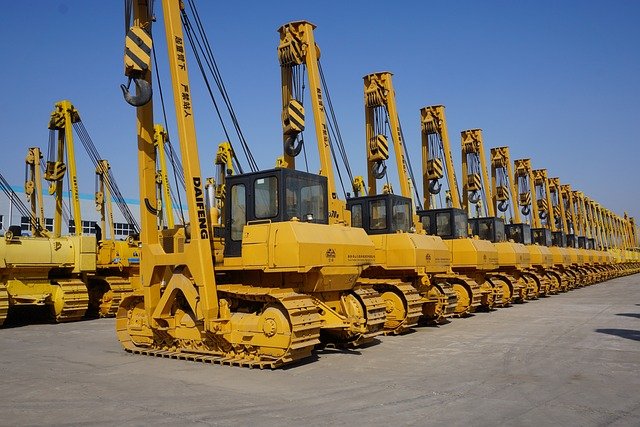Unraveling the Influence of Virtual Reality in Contemporary Theatre
Introduction: Delve into the captivating realm of virtual reality in modern theatre, as we explore the transformative impact this technology is having on performance art. This article provides a comprehensive analysis of the historical context, current trends, and potential future of VR in theatre.

Incorporating VR: Historical Context
The advent of virtual reality (VR) has been transformative for many industries, and theatre is no exception. In the late 20th century, as digital technology began to evolve, forward-thinking theatre practitioners began experimenting with incorporating VR into their productions. Early attempts were rudimentary, often involving simple headsets and basic animation. Despite these humble beginnings, the potential for VR to create immersive, interactive experiences was evident, sparking a new avenue for exploration within the theatre industry.
Virtual Reality Today: Current Trends
Fast-forward to today, and VR is a hot topic in contemporary theatre. Recent advancements in VR technology have made it more accessible and effective than ever, leading to a surge in its usage in theatrical productions. From staging entire performances in virtual spaces to using VR to enhance traditional stage productions, this technology is challenging the boundaries of theatrical experience.
Impact and Significance: Redefining Audience Experience
The integration of VR in theatre has significantly altered the audience’s experience. Traditionally, theatre is a passive art form, where audiences observe the action from a distance. However, VR makes theatre an interactive, immersive experience, allowing audiences to step into the world of the play and engage with it directly. This shift has not only redefined the role of audiences but also opened up new possibilities for storytelling and performance.
Reception: Embracing the Digital Revolution
The reception of VR in theatre has been overwhelmingly positive. Critics have lauded the immersive nature of VR-enhanced productions and the novel ways in which they engage audiences. There has also been praise for the potential of VR to democratize theatre, as it can allow people to experience high-quality productions from their homes, breaking down barriers of cost and accessibility.
Looking Ahead: The Future of VR in Theatre
As for the future, it seems clear that VR will continue to play a key role in the evolution of theatre. As technology continues to advance, we can expect to see even more innovative uses of VR, pushing the boundaries of what is possible in theatrical performance. While there may be challenges ahead, the potential benefits of VR in theatre are too significant to ignore.
In conclusion, the integration of VR in theatre is a dynamic and exciting development, one that is redefining the nature of theatrical performance and audience engagement. As we look to the future, there is no doubt that this technology will continue to shape the landscape of theatre, pushing the boundaries of what is possible and opening up new avenues for creative expression.




